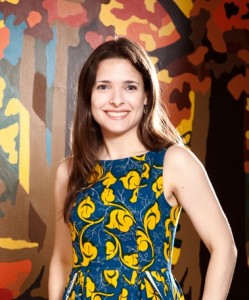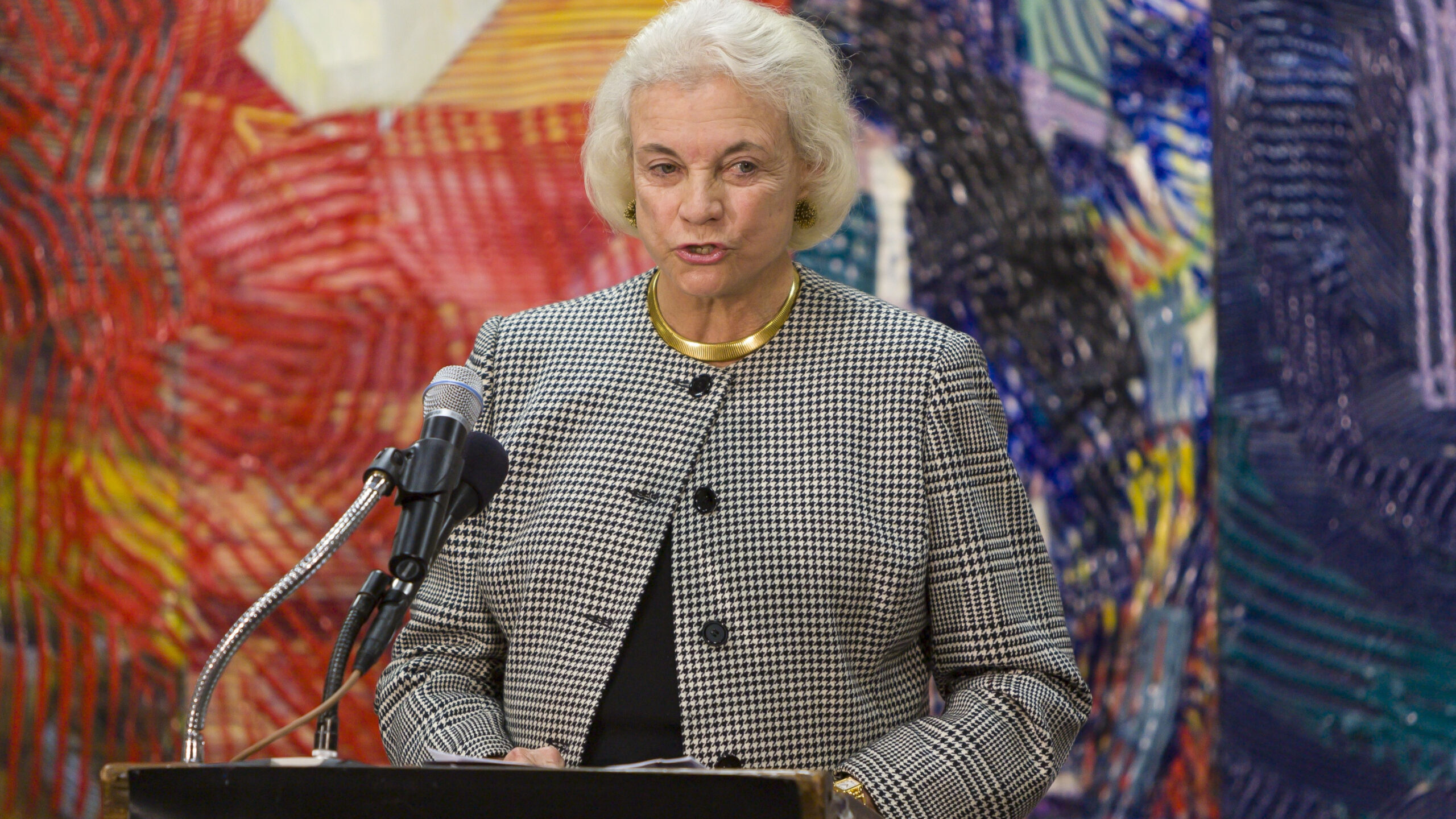Etsy’s Sarah Feingold on Small Business and Copyright Compliance
 If you’re in the market for some original Aboriginal dot paintings, or an even more esoteric item, like a bed for your pet rat that’s shaped like a slice of cake, you’re in luck: It’s likely that Etsy, the giant, 24/7 online version of the weekend crafts market will have something on offer that will appeal to you.
If you’re in the market for some original Aboriginal dot paintings, or an even more esoteric item, like a bed for your pet rat that’s shaped like a slice of cake, you’re in luck: It’s likely that Etsy, the giant, 24/7 online version of the weekend crafts market will have something on offer that will appeal to you.
Etsy, if you hadn’t heard, is one of the world’s fastest-growing ecommerce platforms that has successfully managed to tap into the latent market for easily-accessible, hand-crafted and vintage goods. Since its founding in Brooklyn in 2005 by Robert Kalin, Chris Maguire, Haim Schoppik and Jared Tarbell, it’s mushroomed into a global, 500-person company with more than 40 million members, more than a million shops selling more than $1.35 billion worth of goods in 2013. Etsy charges 20 cents for each item published on the platform for up to four months and a 3.5 percent fee on the sale of each item. Its current CEO is Chad Dickerson, the company’s former chief technology officer. Its investors include Accel Partners, Hubert Burda, Index Ventures, and Union Square Ventures.
Sarah Feingold, a jeweler and metalsmith who also happens to be a lawyer, is a member of Etsy’s core team who’s been through almost the whole journey. Feingold is from a family of artists and first became interested in copyright law when she wanted to find out more about how to protect her creations. That led to a professional interest, law school at Syracuse University, authoring an e-book for artists on copyright basics and what they should be doing to protect their works, and then eventually a job as an attorney at Etsy. Like a lot of startups, Etsy didn’t have an in-house lawyer in 2007. Feingold saw an opportunity, knocked on the company’s doors and managed to convince Kalin that she was the person that they didn’t know they were looking for. Today, Feingold is part of a team of four. She’s an in-house counsel who focuses on intellectual property issues, and works alongside Hissan Bajwa, another in-house counsel. Althea Erickson is the company’s public policy director, and Jordan Breslow is the firm’s general counsel.
Etsy has grown into an important avenue of sustaining livelihoods for creative people. At the same time, the open nature of the Internet, and the rise of entities in Asia that can quickly copy and mass manufacture designs by artisans have made copyright a burning issue of importance for many in the community. It’s not hard to find online discussions between various Etsy sellers debating the limits of fair use, or others sharing their experiences of receiving cease and desist letters.
However, like any other online platform that hosts third-party content, Etsy is subject to the Digital Millennium Copyright Act (DMCA). The company acts as an impartial conduit that does not get involved in the merits of the hundreds of infringement claims and counterclaims that flow into Etsy’s offices.
As the company’s chief in-house IP counsel, Feingold handles the DMCA takedown requests, and counter-notices, among other things. Her advice to sellers is to educate themselves as much as possible about copyright policy so that they understand both their own rights, and also understand the complexities of the factors at play when courts judge what is and isn’t fair use.
Below in an edited Q&A, Feingold discusses the DMCA and fair use.
Q: You’ve been at Etsy for seven years. How has the job changed for you over the years, and enforcing IP on the platform?
A: Well when I started seven years ago, we were a much smaller platform, and there were fewer items on our platform. On Etsy, we comply with the DMCA, and about seven years ago, we started getting DMCA notices, and as we grow, they become more and more frequent. It’s just a matter of as the company scales, we need to scale in that way as well to handle those kind of takedown notices.
Q: How do you scale? Do you have an automated process for dealing with the notices?
A: We review them, and we make sure that they comply with our policies and the DMCA. If you’re asking whether we had internal engineers build me some tools to help me comply with the process, yes. When you’re trying to build a company, you want to make it easy for people to create content. At first it was just me reaching out to an engineer to figure out how we should take something down, but now we have some internal tools to make it easier.
Q: How does the decision-making process work, though? I was looking through Etsy, and there’s clearly unauthorized Hello Kitty and Spiderman items available. There are all kinds of people creating things using those brands. How is that possible?
A: Once an authorized representative tells us that something has gone wrong, Etsy will remove it. Etsy is not in a position to review what is fair use, who’s using licensed material in an appropriate way, and who has a license. We don’t know what’s parody, what’s commentary and criticism, what the brand thinks is appropriate advertising. That’s why the DMCA exists.
Q: How does fair use apply on Etsy?
A: Fair use is a very complicated legal analysis. It’s a four-part balancing test, and different courts will decide different parts of the test should have more or less weight. I think it’s up to anyone who puts items up anywhere on the Internet to take the appropriate legal and business risks. They have to calculate the risks.
Q: As an artist yourself, where do you draw the line as to what’s fair use, and what’s not fair use?
To be honest, I haven’t really looked around to see if someone’s taking my designs and taking things in a direction that I wasn’t comfortable with.
Q: Going through the research, I was surprised to find that fabrics can be copyrighted. I was reading a legal blog that said that there can be licenses associated with the fabric, and sellers might not be able to legally sell whatever they make with that fabric. Are there other kinds of scenarios like that occur on Etsy that people may not have heard about?
A: Well, I think it all depends on what you know about the products and services that you’re selling. I think everyone should do the appropriate research before they sell anywhere because they could be inadvertently violating some contract agreement or infringing upon a copyright. It may be surprising to you, but for a lot of fabric people, they rely on that.
Q: But surely if you make a fabric you want people to use it.
A: There’s a lot of case law out there about how fabric is being used. There are arguments that some fabrics should be for personal use only. There are arguments that if you make something out of that fabric and sell it and it looks like something that was made by another company, and the company authorized the finished product, then that wouldn’t be good from a liability standpoint. Those are hypotheticals, and I can’t step in the shoes of a company making decisions like that.
Q: What have been the most rewarding moments for you at Etsy, and the most challenging?
A: I think it’s really been rewarding to participate in Etsy’s growth, seeing it go from an inconspicuous startup — where I would come in and work on the couch in the kitchen — to a company that has impacted so many people’s lives in a positive manner, from people who are able to make a couple of dollars to people who are able to quit their day jobs, or people who can buy something that comes with an interesting story.
People have told us that they’ve been able to put a down payment on a house because of the money they earned on Etsy. From big goals to small goals, the financial aspect is so empowering to so many people. People who hadn’t considered themselves businesspeople have started shops on Etsy, and have done really well. It’s pretty amazing.
Photo credit: Deidre Schoo








